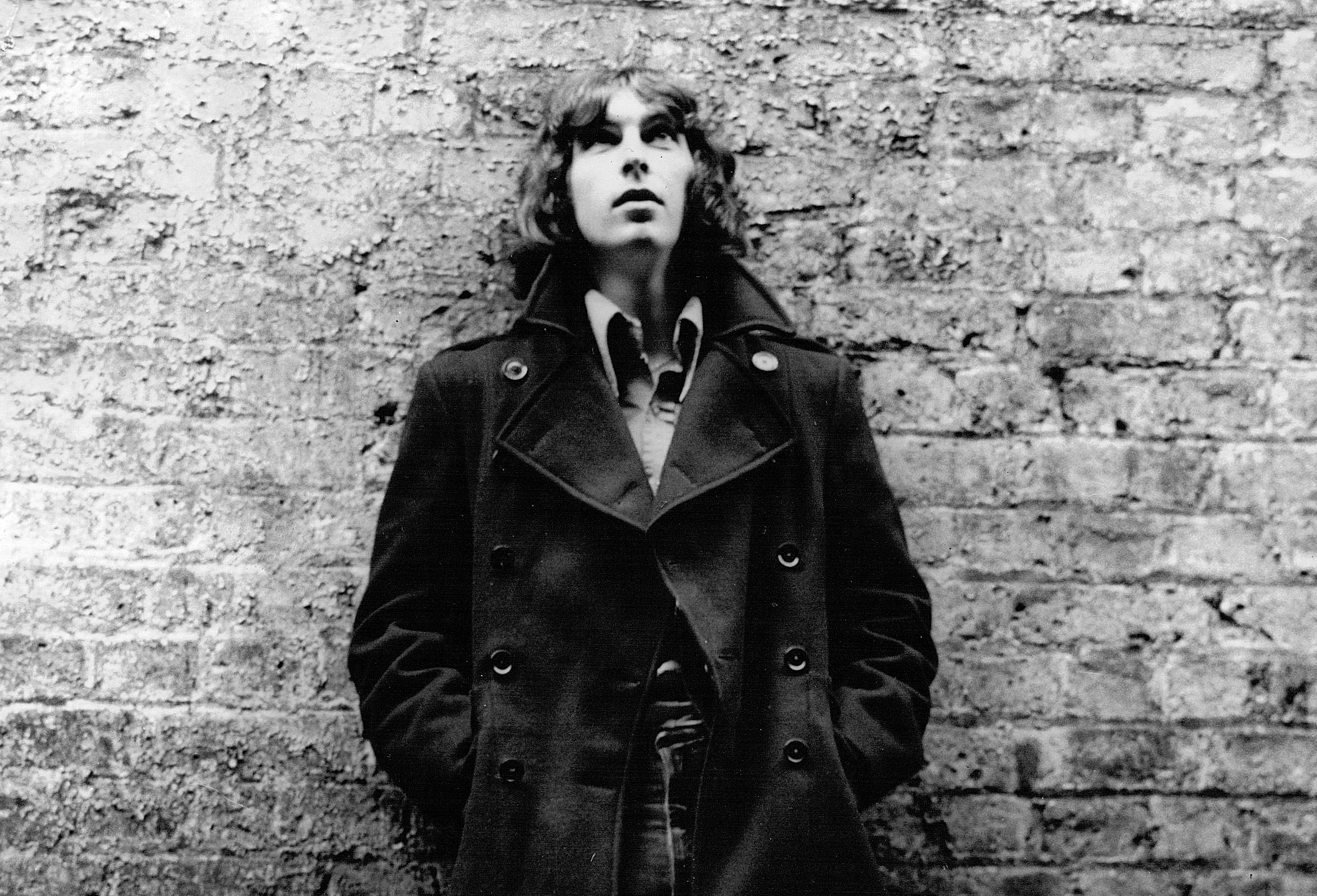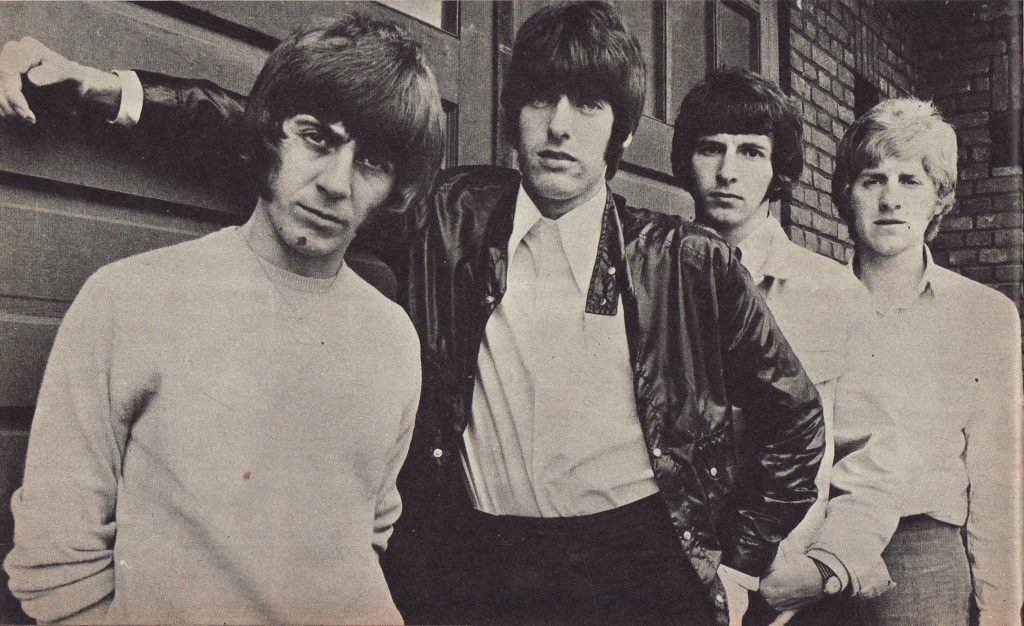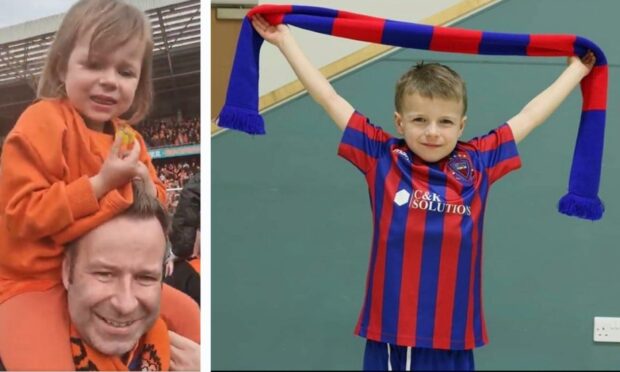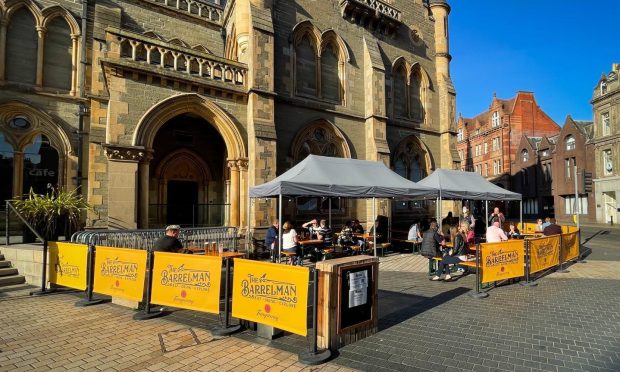The sound of Dundee’s forgotten guitar hero Jim Kelly is being heard again on a new album.
Friends with Rod Stewart and Ronnie Wood, Jim’s guitar playing was compared with the late Beatle George Harrison.
He was a member of one of the biggest pop groups of the 1960s but Jim’s name has remained largely forgotten in Dundee music folklore since his untimely death at the age of just 49 in 1995.
Honeybus are principally remembered for their 1968 hit I Can’t Let Maggie Go.
But arguably much of their best work was made shortly after that breakthrough when Jim joined.
Colin Hare, who wrote songs for David Bowie and played in Honeybus with Jim, has just released a new solo album which includes a re-working of a live recording from a Honeybus BBC session in 1968 which features Jim on guitar.
‘Walking Aphrodisiac’ did not feature on the band’s definitive 50-track 2002 anthology CD but Colin decided to include it on ‘Big Hare’.
“The new album contains four completely new songs recorded over last Christmas and New Year,” said Colin.
“It also contains seven songs which I wrote and started recording in Brighton around 10 years ago.
“The BBC track of Walking Aphrodisiac came to light having been ignored by Sanctuary and Universal Records who released the Bus Anthology in 2002.
“It is on this recording that we find our much-loved and missed Jim Kelly who was a close buddy of mine and I was gutted when I heard of his early passing many years later.
“Jim’s brilliant Telecaster guitar solo simply flies and takes us right back to 1968.
“There is a picture of Jim on the sleeve of the new album.
“I have added some violins to the middle choruses which comes across quite Beatle-ish.”
Colin said he made the comparison with Jim and George Harrison “mainly because Jim always played just what was appropriate”.
“I have since worked with other guitarists who have been all over the song like a rash and were quite offended when I asked for less,” he said.
“Jim’s guitar style was always alive and appropriate and his voice on the 1970 album version of ‘How Long’ was quite outstanding I thought.
“We were very in awe of the Beatles and I suppose when you like something you naturally try and emulate it, but apart from the purely musical aspect, we were also very drawn to the Hindu meditation and philosophy which in my view generated the clear energy behind their sound and had such a phenomenal impact on us all.
“Of course we were quite unaware of it at the time, but I do hope that some of that spilled over into Honeybus.”
Jim was born in Dundee and moved to London in the late 1960s to further his musical career.
He joined Honeybus in 1968 who were riding on the crest of a wave after their top 10 hit ‘I Can’t Let Maggie Go’.
Jim’s solo single ‘Mary, Mary’ was released in 1969 and although it never charted collectors will pay anything from £60 to £200 for a copy.
Music mogul Terry Noon, who worked with Sir Andrew Lloyd Webber, said Jim was in the same mould as the likes of Jimi Hendrix, Phil Lynott (Thin Lizzy) and Eric Clapton.











